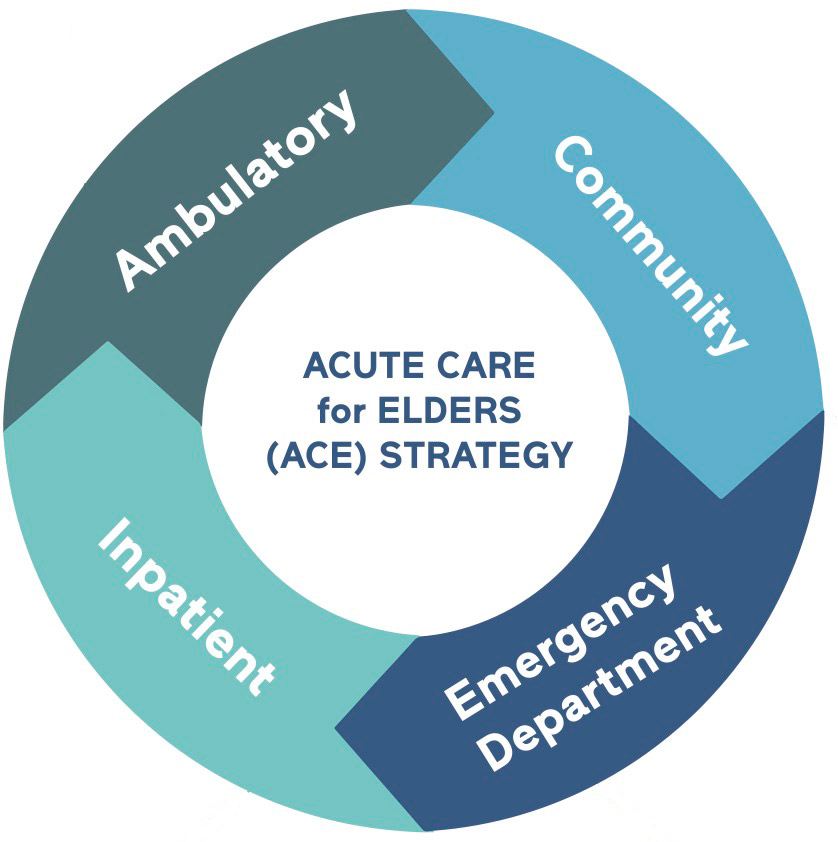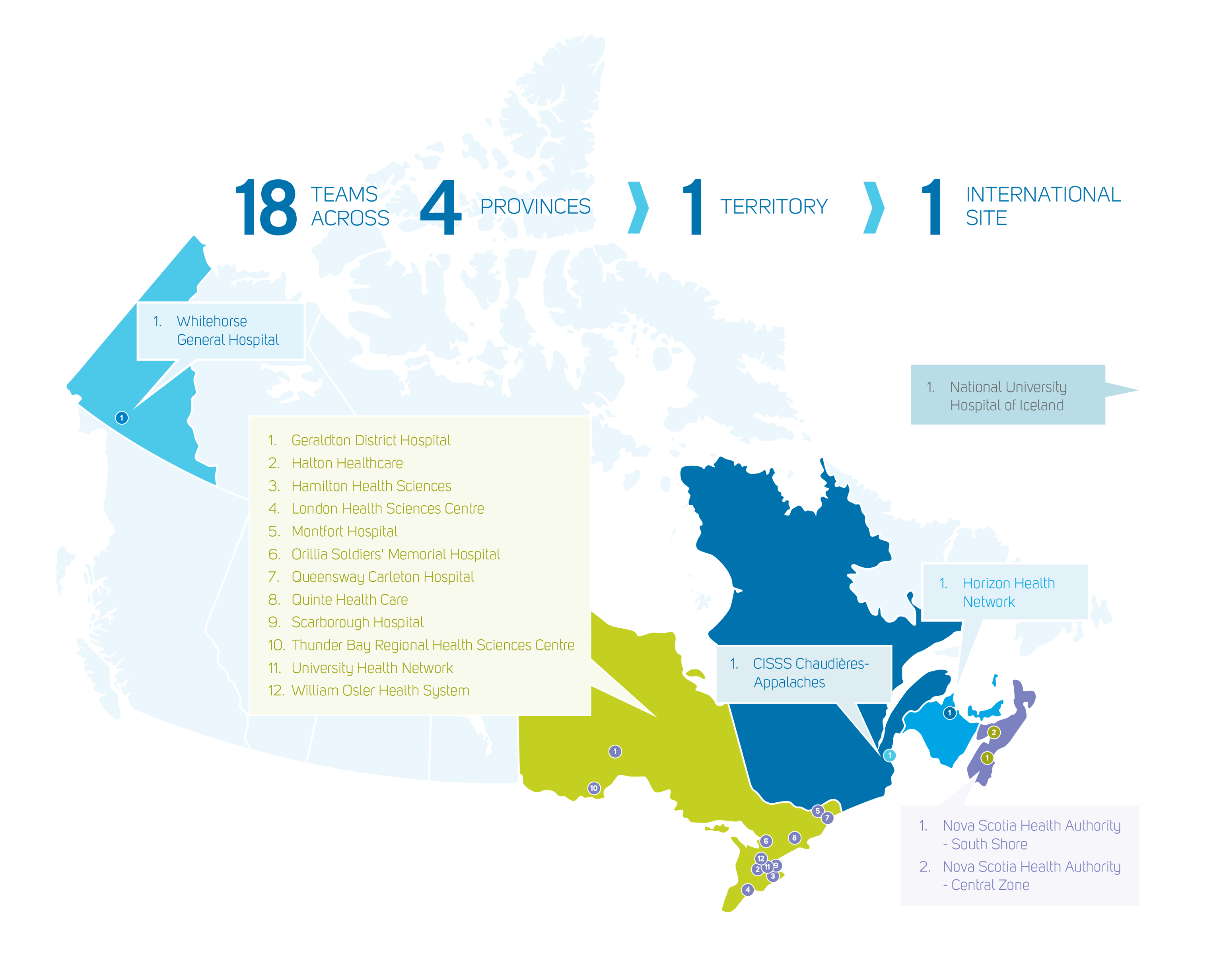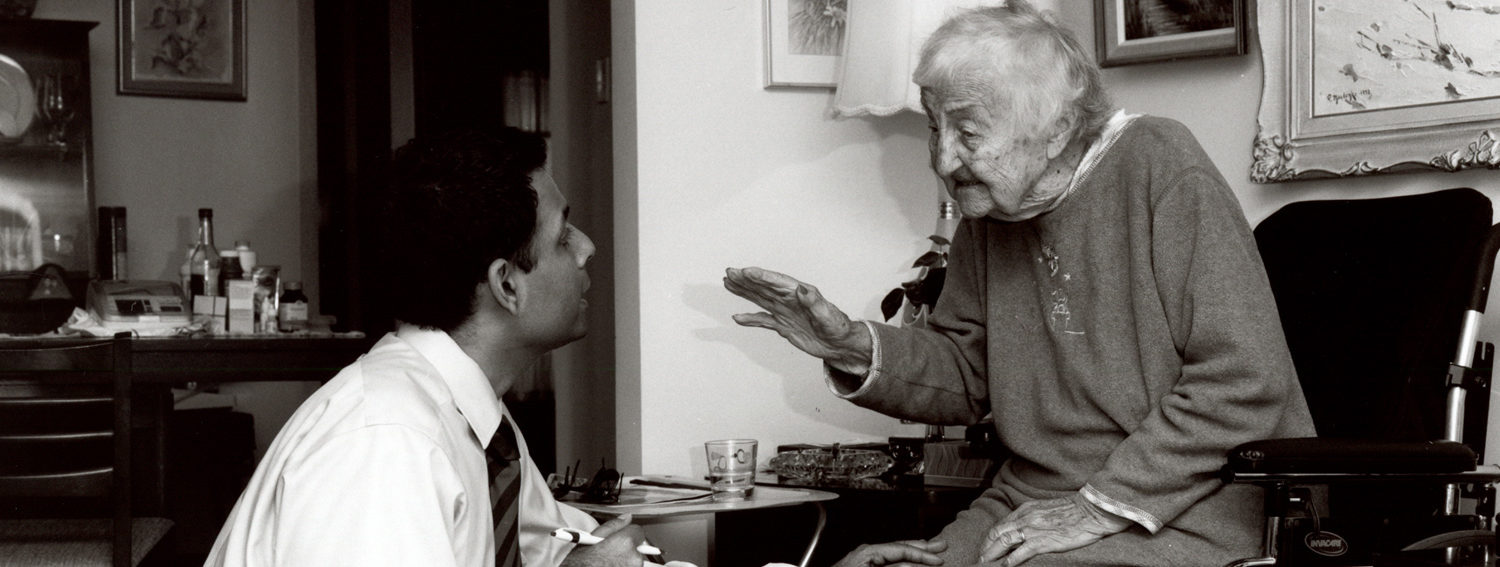The baby boom generation that arose in 1946 unleashed a wave of student protests in the 1960s, bought homes and started families in the 1970s and 1980s, and then started turning 65 in 2011. Just a few years ago, one of the largest generations that Canada has ever seen started leaving the workforce to enter retirement, and in 2015, for the first time in Canada, Statistics Canada reported that there were more Canadians over 65 than there were under 15, sparking numerous articles and discussions about a “grey tsunami” that will raise costs and put more stress on our health care system.
Describing the rapid changes in Canada’s demography as a “tsunami” is in fact a misrepresentation. Tsunamis are sudden and intense, however, we have known that our population was ageing faster than ever for quite a while; and, unlike a tsunami, our ageing population should not be considered a disaster that will wreak havoc on our civilization. Rather, I think of the fact that our life expectancy has almost doubled over the last century as a triumph, not a tragedy.
The greatest concern for our health care system isn’t that people are getting older – which has been happening for millennia – but rather that our traditional health and social care systems are unprepared to manage the evolving needs of a rapidly ageing population. One way we could prepare to meet the needs of our ageing population would be to train more geriatricians to better treat the growing numbers of older Canadians with complex and unique needs. Graduates of Canadian medical schools today are far more likely to provide care to older patients than infants and toddlers in their medical careers, but unfortunately geriatrics, by and large, is not part of their core training, while pediatrics is. This perhaps helps to explain why only 250 of Canada’s 75,000 physicians are geriatricians, while there are at least 10 times as many pediatricians.
In 2010, to meet the growing needs of our ageing population, Mount Sinai Hospital made a significant commitment and became the first acute care academic health sciences centre to make geriatrics a core strategic priority. By adopting the Acute Care for Elders (ACE) Strategy, Mount Sinai uniquely positioned itself as a leader in providing specialized and comprehensive care for older adults. Now that Mount Sinai Hospital is integrated into the larger Sinai Health System, this innovative approach to the care of older adults is rapidly spreading across all Sinai sites, including Circle of Care and Bridgepoint Active Healthcare that are already leaders in the provision of geriatric care.
Across all three Sinai Health System sites, our Healthy Ageing and Geriatrics Program provides comprehensive care to older adults and their families, evaluates the effectiveness of various models of care to improve patient and system outcomes, trains physicians and other health professionals in the most current and relevant practices of geriatrics, and advocates for best practices and policies that will improve the care of our ageing population.
Our program is innovating in the care of older adults with our award-winning ACE Strategy, which is an innovative, interprofessional approach that links together inpatient, outpatient, emergency and community models of care in a continuum of care to support the independence and function of older adults. Under this strategy, the hospital continues to develop, implement and link together a series of evidence-informed models of care and best practices to create a more integrated experience for older patients, their families, and caregivers across the continuum of care. We also continue to work with our home, community, and primary care partners to implement evidence-informed but customized interventions within and across the entire continuum of care.

Outpatient Models
- Outpatient Geriatric Medicine, Geriatric Psychiatry & Palliative Medicine Clinics
- Telemedicine Clinics
Commnuity Models
- Home-Based Geriatric Primary/Specialty Care Program: House Calls
- Temmy Latner Home-Based Palliative Care Program
- Integrated Client Care Management Program
- Reitman Centre for Alzheimer’s Support and Caregiver Training
- Community and Staff Education Programs
- Community Paramedicine Program
- Community Outreach Team
Inpatient Models
- Geriatric Medicine, Geriatric Psychiatry & Palliative Medicine Consultation Services
- Orthogeriatrics Program
- Intensive Care Unit Geriatrics Program
- Safe Patients/Safe Staff
- ACE Unit
- ACE Unit Home Care Coordinator
- MAUVE Volunteer Program
- ACE Tracker
- Hospital at Home Program
ED Models
- ISAR Screening
- Geriatric Emergency Management (GEM) Nurses
- Geri-EM.com Staff Training Program
Ambulatory
Outpatient Models
- Outpatient Geriatric Medicine, Geriatric Psychiatry & Palliative Medicine Clinics
- Telemedicine Clinics
Community
Commnuity Models
- Home-Based Geriatric Primary/Specialty Care Program: House Calls
- Temmy Latner Home-Based Palliative Care Program
- Integrated Client Care Management Program
- Reitman Centre for Alzheimer’s Support and Caregiver Training
- Community and Staff Education Programs
- Community Paramedicine Program
- Community Outreach Team
Emergency Department
ED Models
- ISAR Screening
- Geriatric Emergency Management (GEM) Nurses
- Geri-EM.com Staff Training Program
Inpatient
Inpatient Models
- Geriatric Medicine, Geriatric Psychiatry & Palliative Medicine Consultation Services
- Orthogeriatrics Program
- Intensive Care Unit Geriatrics Program
- Safe Patients/Safe Staff
- ACE Unit
- ACE Unit Home Care Coordinator
- MAUVE Volunteer Program
- ACE Tracker
- Hospital at Home Program
In each model of care within the ACE Strategy, we have implemented programs and initiatives to support the care of older adults. In our Emergency Department (ED), we implemented the Identification of Seniors at Risk (ISAR) High-Risk Screening System, with additional supports to high-risk older patients provided by Geriatric Emergency Management (GEM) nurses. Within our inpatient settings, we established an Acute Care for Elders (ACE) Unit for high-risk medical patients and an Orthogeriatrics Service for older patients with hip fractures, along with integrated hospital-wide Consultation-Liaison Services in Geriatric Medicine, Psychiatry, and Palliative Medicine. We have also established a number of integrated care models to emphasize transitional and ongoing home and community care supports, such as our House Calls Program, which provides home-based primary and specialty care for frail housebound elders, and our Telemedicine Program for Homebound Elders, which enables a clinical nurse specialist to use secure telemedicine technologies to bring patients specialized assessments and follow-ups that they otherwise wouldn’t be able to access.
Between 2010 and 2015, Mount Sinai Hospital experienced a 53.4 per cent increase in hospital admissions among adults aged 65 and older. However, under our ACE Strategy, we have achieved a 25.8 per cent decrease in the average length of stay, and a 14 per cent decrease in readmissions to hospital among older patients. Most importantly our patients are receiving safer and higher quality care as a result which helps to explain our 99 per cent patient satisfaction rating over the last year.

This success has led other hospitals across Canada and around the world to take notice of what we have achieved, looking to transfer our knowledge to their own settings. In March, we were selected by the Canadian Foundation for Healthcare Improvement (CFHI) and the Canadian Frailty Network (CFN) to teach 18 hospitals across Canada and in Iceland about our ACE Strategy. With coaching, educational tools, workshops and supportive funding of $1 million, these hospitals are implementing over 50 new ACE Strategy interventions to suit the needs of their older patients with the hope that in the future they will support neighbouring organizations to do the same as well.
Our ACE Strategy has caught the attention of many since we launched it, including the Globe and Mail, which wrote about its impact a few weeks ago! The achievements of our ACE Strategy have been hard-won by a talented and dedicated interprofessional team of physicians, nurses, social workers, pharmacists, and other allied health professionals who I am proud to work side-by-side with each day as colleagues and collaborators. In the coming weeks and months, this blog will be a space to highlight the incredible work everyone has done in achieving the best possible care for older patients in the hospital, in the community and in our patients’ homes.
We are extremely proud of all the health care innovations we have achieved in the care of older adults, and the fact that we are now helping others to achieve success in caring for our ageing population. With a new year upon us, we are proud to be another year closer to seeing Canada become the best place to grow up and grow old in.
Date modified: 2017-01-03

